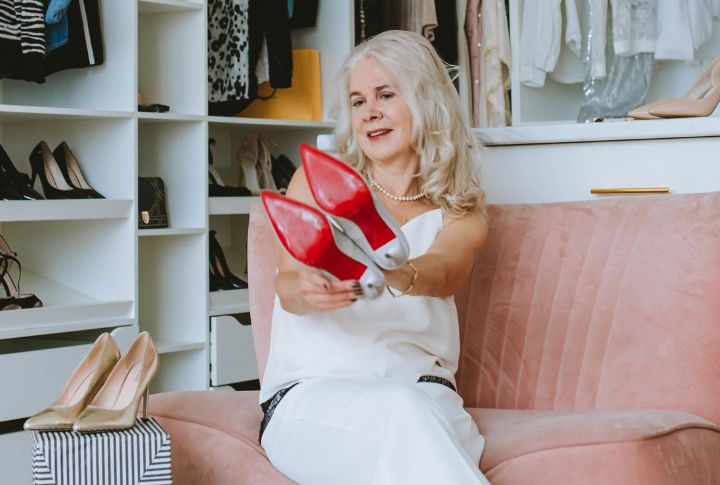
Turning 60 is a milestone that invites a fresh perspective—one that values simplicity over accumulation. It’s a perfect time to reassess what truly adds value to your life and to release the things that no longer serve you. Embracing this shift can also create space for comfort and clarity. Ready to discover how letting go can transform your life? Let’s explore why shedding certain belongings is a powerful step forward.
High Heels That Hurt
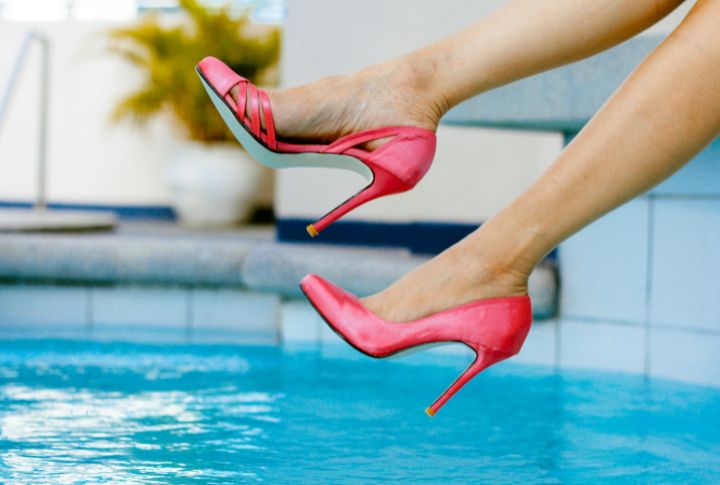
Did you know that two inches marks the critical threshold where heels shift from fashionable to problematic? The science explains why: these elevated shoes gradually shorten calf and back muscles, triggering painful spasms. They can also reshape your feet, which may sometimes lead to surgery for bunions or hammertoes. Plus, they significantly increase your risk of falls and sprains.
Outdated Tech You Don’t Use

The urge to keep old gadgets says more about memory than utility. Each cable and phone holds a whisper of nostalgia, yet keeping them invites security flaws and digital decay. Releasing them into recycling streams offers closure and renews what once seemed obsolete.
Furniture Nobody Sits On
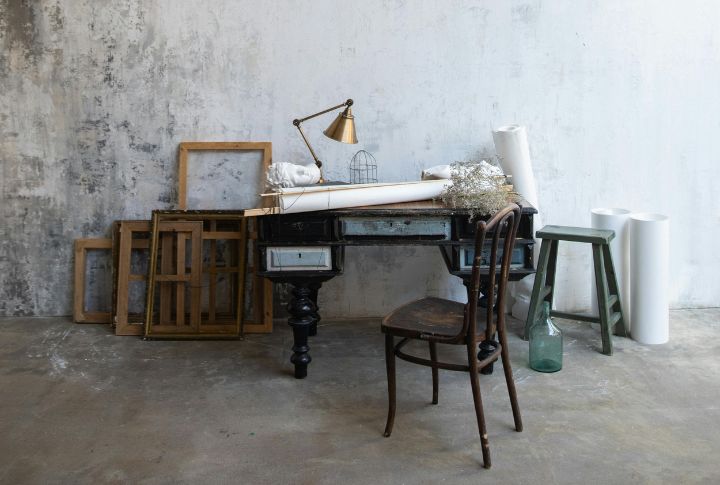
We all have that special piece of furniture—maybe Grandma’s vintage settee or Dad’s old recliner—that takes up space but rarely gets used. Though valuable for their memories, sentimental objects crowd environments and slow down cleaning. Plus, by donating them to local charities, these cherished pieces can find new life and create fresh memories for families in need.
Clothes That Haven’t Fitted In Years
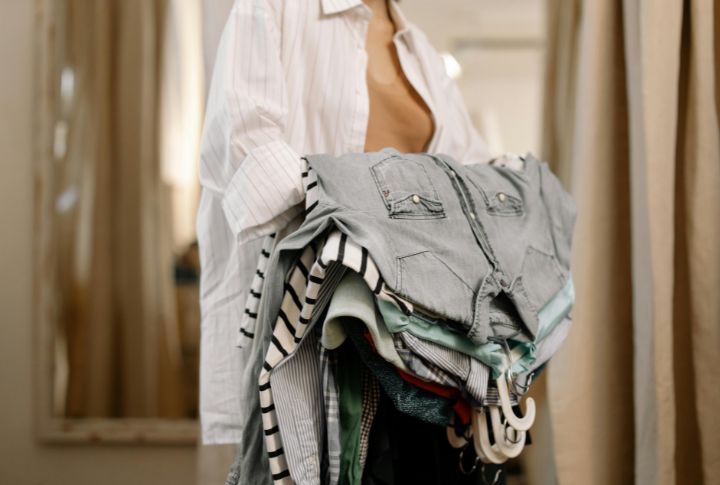
Those jeans from three sizes ago aren’t just taking up precious closet area; they’re holding you hostage to an outdated version of yourself. The “someday” belief loses meaning as unused clothing remains suspended between memory and practicality. So, go ahead and transform that stagnant clutter into something meaningful by passing it along to friends, family, or anyone who could use it.
Old Investment Magazines
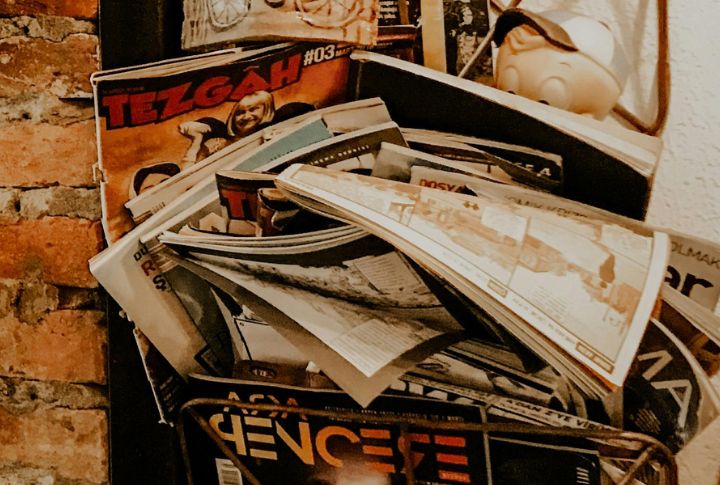
Investment magazines deliver valuable financial insights when they’re fresh off the press, but their relevance fades just as quickly as market conditions change. Often, these publications accumulate as unnecessary paper junk. And despite the hope that they might become collectibles someday, most old issues hold little to no value. The smartest investment? Recycling them to support paper reuse and reduce landfill waste.
Expired Makeup Or Skincare

Let’s talk bacteria—those unwelcome guests that love to take up residence in expired cosmetics, leading to skin irritation and infections. The good news is that prevention is easy: keep an eye out for those month-after-opening symbols on packaging and stay alert to any changes in color or smell. Additionally, remember that active ingredients naturally break down over time, so using fresh products is always your best bet.
Heavy Workout Equipment

The journey of home exercise equipment often begins with ambitious plans and a dedicated space. As fitness preferences shift toward more portable options over time, bulky machines can start gathering dust. It’s essential to keep up with maintenance to prevent safety hazards, but if the equipment is no longer used, passing it on to someone just starting their wellness journey can give it a new life.
Junk Drawer Full Of Mystery Cords
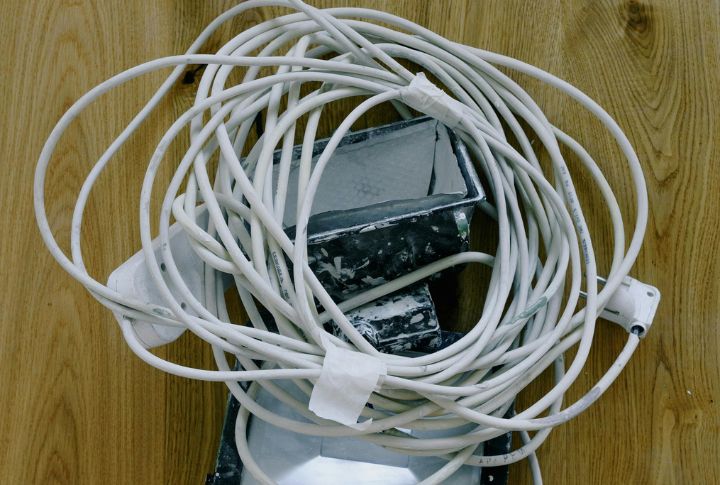
Remember when every device had its own unique charger? Thanks to technological evolution, our junk drawers are now stuffed with tangled, obsolete cords from long-gone gadgets. This digital debris not only clutters our spaces but also makes it frustratingly difficult to find current chargers. Luckily, sorting through and recycling old cables can quickly transform that chaos into an organized, clutter-free area.
Hard-To-Maintain Lawns
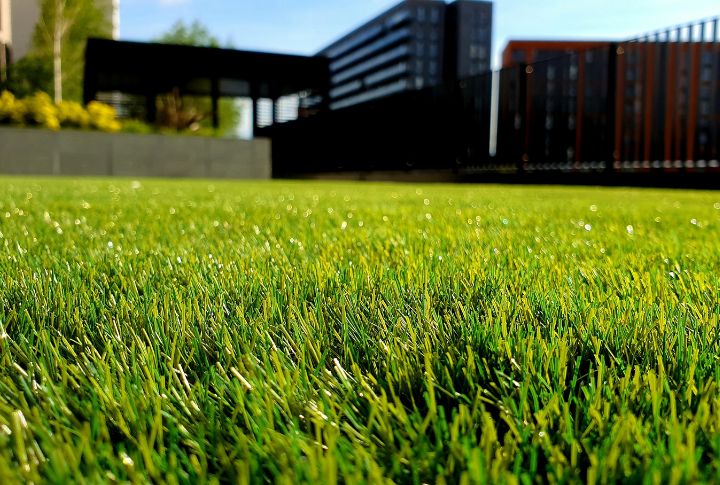
Keeping a perfect green lawn costs more than most people realize. Between the mower, the water bills, and the upkeep, it drains time and energy fast. Many homeowners are switching to native plants and drought-friendly gardens that look great and practically care for themselves.
Multiple Sets Of Dinnerware
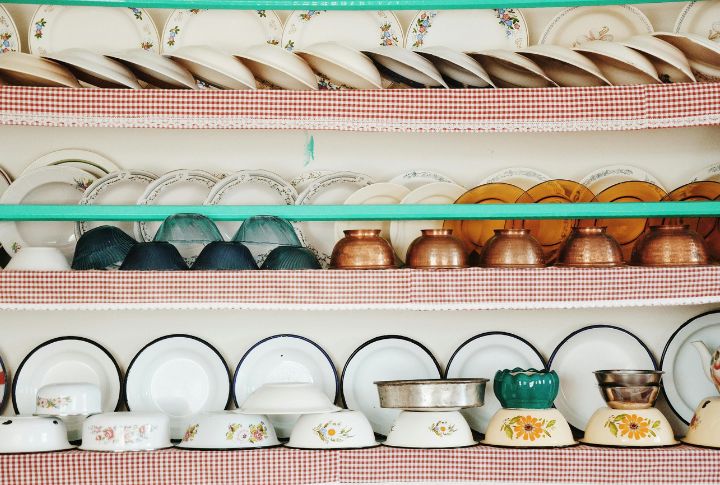
Some kitchen cabinets are filled with extra dinnerware sets, including old pieces that hardly get used. At the same time, local community kitchens often lack sufficient plates and bowls to serve everyone properly. By sharing extra dishes from homes that have too many, we can help families eat with dignity. This way, we turn unused clutter into something meaningful for those who need it most.

